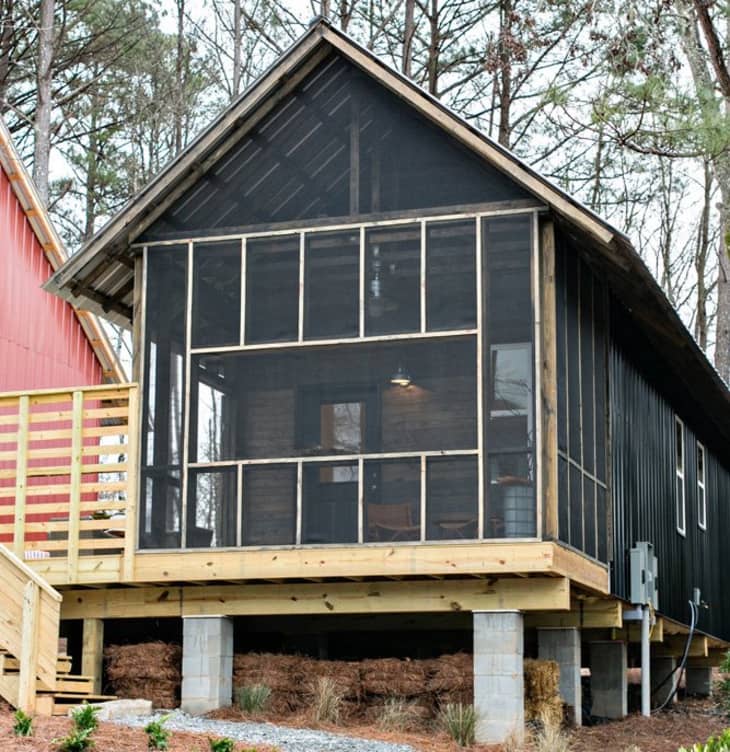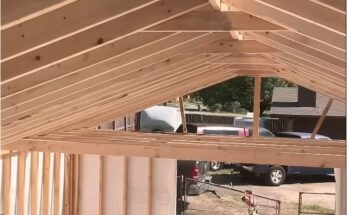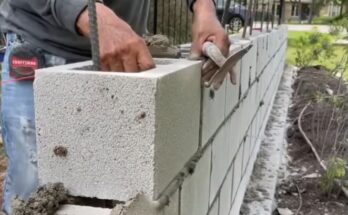Building a house for $20,000 in the United States is a challenging but not impossible task. It requires creativity, resourcefulness, and careful planning to achieve affordability while meeting basic safety and functionality standards. Here are some steps and strategies to guide you:

1. Research and Planning
- Set Priorities: Decide what is essential (shelter, utilities) and what can be left out or simplified (luxuries and extra space).
- Zoning Laws and Permits: Research local zoning laws, building codes, and permit requirements. Some areas allow small, low-cost housing options like tiny homes or accessory dwelling units (ADUs).
- Choose Location Wisely: Land prices vary greatly. Look for affordable land in rural or less developed areas.
2. Design a Tiny Home or Minimal Structure
- Tiny Home or Small Cabin: Focus on a small footprint, such as a tiny home (200–400 sq. ft.) or a micro-cabin. Smaller spaces are more affordable to build.
- Prefabricated or Modular Homes: Consider prefabricated or modular units, which are typically more cost-efficient than traditional stick-built homes.
- Simplicity in Design: Use a rectangular or square layout to reduce construction complexity and material waste.
3. Materials and Construction
- Reclaimed and Recycled Materials:
- Use salvaged wood, doors, windows, and fixtures from construction sites or donation centers like Habitat for Humanity ReStores.
- Consider upcycled shipping containers or building materials.
- Affordable Construction Materials:
- Use low-cost options like plywood, concrete blocks, or structural insulated panels (SIPs).
- For walls, consider earthen materials like cob or adobe if local regulations and climate allow.
- DIY Construction: Reduce labor costs by doing most of the work yourself. Recruit skilled friends or family for specific tasks.
- Community Building Resources: Volunteer at community build projects to gain skills and possibly receive free or low-cost assistance.
4. Foundation Options
- Slab Foundation: A concrete slab foundation is cost-effective for small structures.
- Pier Foundation: Wood or concrete piers can be cheaper and are suitable for tiny homes or cabins.
5. Utilities and Systems
- Off-Grid Solutions:
- Use solar panels for electricity and rainwater collection for water supply.
- Install composting toilets or simple septic systems.
- Use propane heaters or wood stoves for heating.
- Minimal Plumbing and Electrical Systems:
- Simplify utility layouts to save on installation costs.
- Focus on energy-efficient fixtures and appliances.
6. Focus on Sweat Equity
- Do as much of the construction as possible yourself, even if it means learning new skills like framing, insulation, or finishing work. This can save tens of thousands of dollars.
7. Financing and Saving Costs
- Barter Services: Trade skills or labor with others to reduce costs.
- Buy in Bulk: Purchase materials in bulk or look for end-of-season discounts.
- Grants and Assistance: Research grants for low-income housing or eco-friendly builds.
Example Budget Breakdown:
| Category | Approximate Cost |
|---|---|
| Land (small, rural plot) | $2,000–$5,000 |
| Foundation | $1,500–$3,000 |
| Structure (walls/roof) | $6,000–$8,000 |
| Utilities (basic systems) | $3,000–$5,000 |
| Interior (DIY finishes) | $2,000–$3,000 |
Examples of Affordable Housing Options
- Tiny Homes on Wheels: Built on a trailer to avoid permanent foundation costs.
- Shipping Container Homes: Converted containers offer a durable and low-cost structure.
- Cob Houses or Earthbag Homes: Use natural, inexpensive materials.
- Prefabricated Sheds or Kits: Many companies sell shed kits that can be converted into small homes.
Would you like help with a specific aspect of this process, such as finding affordable materials, designing a layout, or researching zoning laws in your area?


